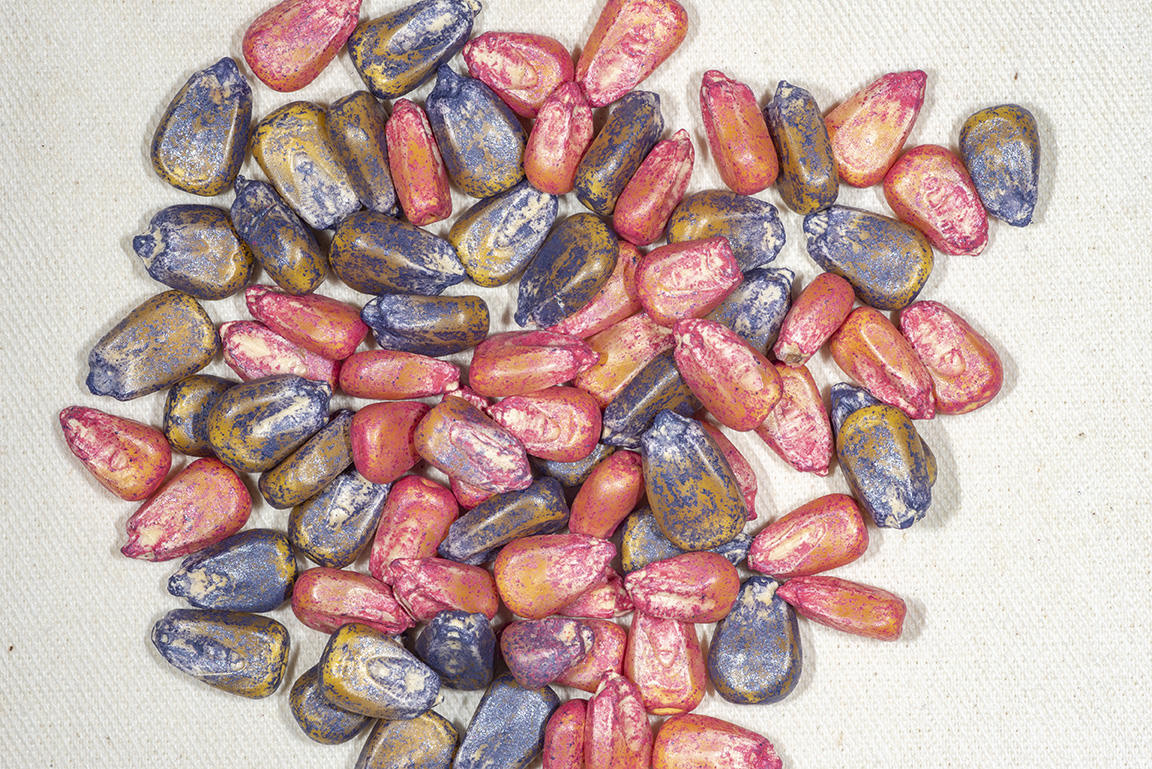Corn and soybean growers are very familiar with neonicotinoid seed treatments, and some of the debates that surround their use – including examining their yield benefits and the potential for off-target negative effects. Almost all corn and most soybeans are treated with neonicotinoid insecticides, and they’ve been widely adopted for approximately 15 years or so. Revisiting this, or any agricultural practice, from time to time is a useful exercise.

How can such little insecticide per kernel make such a big fuss? Read All About It! (Photo Credit: John Obermeyer)
Recently, an article by Emily Unglesbee in Progressive Farmer, summarized various elements of the debate – ranging from registration and regulatory oversight, to efficacy against pests in the field and some emerging new non-target concerns:
https://www.dtnpf.com/agriculture/web/ag/crops/article/2021/07/13/seed-treatment-overload-unintended
Here is a perspective on the issue from DTN editor-in-chief:
And a response to the original article from the American Seed Trade Association:
It’s a lot of reading! But it is worth a look if you’re at all interested in informing yourself about the various questions surrounding the dominant insect pest management approach in field crops.


